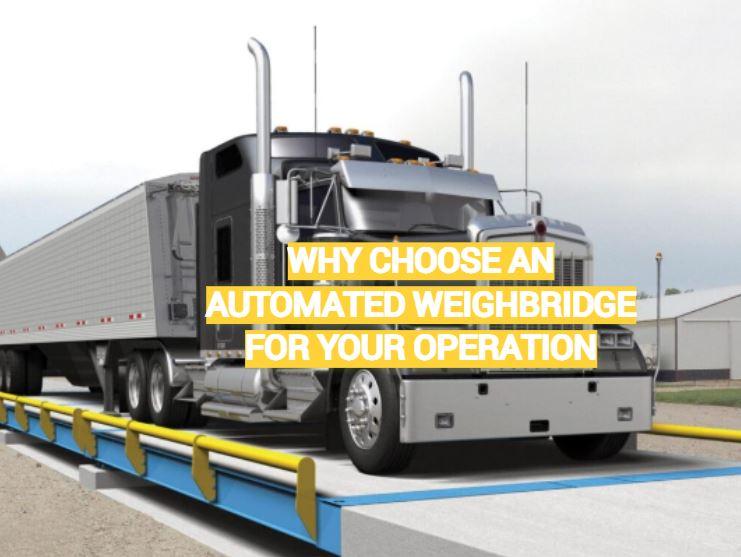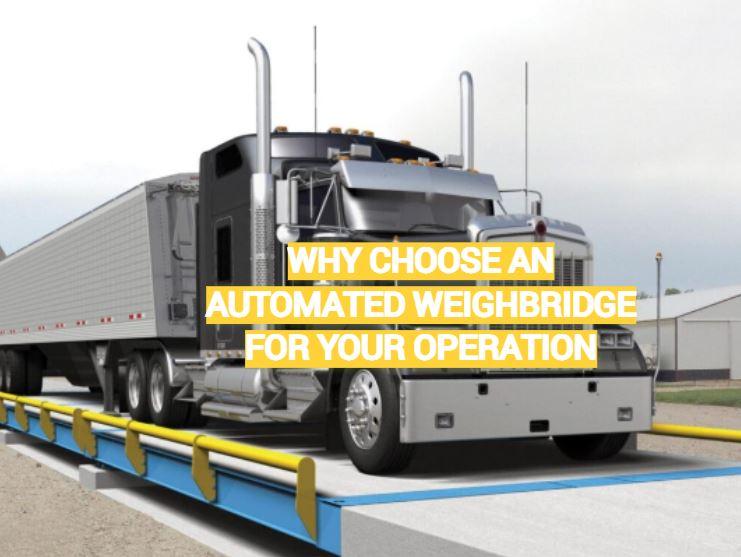In the fast-paced world of logistics and transportation, efficiency and accuracy are paramount. One technology that has been making waves in this industry is the automatic weighbridge. These sophisticated systems are transforming the way businesses handle weighing operations, offering a host of benefits that range from improved accuracy to enhanced safety and productivity.

Understanding Automated Weighbridges
An automated weighbridge, also known as a China truck scale in some regions, is a high-tech solution designed to weigh vehicles and their loads without the need for manual intervention. These systems utilize advanced technologies such as:
- Load cell technology
- Optical character recognition (OCR)
- Radio-frequency identification (RFID)
- Automated data processing
By integrating these technologies, automated weighbridges can perform complex weighing operations quickly and accurately, revolutionizing the logistics and transportation industries.
The Advantages of Automated Weighbridges
1. Enhanced Accuracy
One of the most significant benefits of automated weighbridges is their superior accuracy. These systems eliminate human error in the weighing process, ensuring that every measurement is precise and reliable. This level of accuracy is crucial for:
- Compliance with legal weight limits
- Accurate billing and invoicing
- Optimal load distribution
- Inventory management
2. Increased Efficiency
Automated weighbridges significantly streamline the weighing process, reducing the time it takes to weigh vehicles and process data. This increased efficiency translates to:
- Reduced queue times for vehicles
- Faster turnaround for logistics operations
- Improved throughput for busy facilities
3. Cost Savings
While the initial investment in an automated weighbridge may be substantial, the long-term cost savings are significant. These savings come from:
- Reduced labor costs
- Minimized errors and associated costs
- Improved operational efficiency
- Reduced maintenance needs
4. Enhanced Safety
Automated weighbridges contribute to a safer working environment by:
- Reducing the need for personnel in high-traffic areas
- Ensuring vehicles are not overloaded
- Providing clear, automated instructions to drivers
5. Data Management and Integration
Modern automated weighbridges offer advanced data management capabilities, including:
- Real-time data collection and analysis
- Integration with existing management systems
- Automated reporting and documentation
Key Features of Automated Weighbridges
| Feature | Description | Benefits |
|---|---|---|
| Automatic Vehicle Identification | Uses RFID or OCR to identify vehicles | Speeds up processing, reduces errors |
| Self-Service Kiosks | Allows drivers to complete weighing process independently | Reduces labor costs, improves efficiency |
| Integration with ERP Systems | Connects weighbridge data with business management software | Streamlines operations, improves data accuracy |
| Remote Monitoring | Allows offsite monitoring and management of weighbridge operations | Enhances oversight, enables quick problem-solving |
Implementing an Automated Weighbridge System
The process of implementing an automated weighbridge system involves several key steps:
- Assessment of Needs: Evaluate your current weighing processes and identify areas for improvement.
- System Design: Work with experts to design a system that meets your specific requirements.
- Installation: Professional installation of the weighbridge and associated technologies.
- Integration: Connect the new system with existing software and processes.
- Training: Provide comprehensive training to staff on the new system.
- Maintenance and Support: Establish ongoing maintenance and support protocols.
Overcoming Challenges in Implementation
While the benefits of automated weighbridges are clear, there can be challenges in implementation. Some common hurdles include:
- Initial cost of investment
- Resistance to change from staff
- Integration with legacy systems
- Ensuring proper training and adoption
To overcome these challenges, it's crucial to:
- Conduct a thorough cost-benefit analysis
- Engage staff early in the process and address concerns
- Work with experienced providers who can ensure smooth integration
- Invest in comprehensive training programs
Future Trends in Automated Weighbridge Technology
The field of automated weighbridge technology continues to evolve. Some exciting trends to watch include:
- Artificial Intelligence: AI-powered systems for predictive maintenance and advanced data analysis
- Internet of Things (IoT): Enhanced connectivity and real-time data sharing across supply chains
- Blockchain Integration: Improved security and traceability in weighing and logistics operations
- Advanced Sensors: More accurate and versatile weighing capabilities
Case Studies: Success Stories of Automated Weighbridge Implementation
Case Study 1: Large Mining Operation
A major mining company implemented an automated weighbridge system across multiple sites. The results included:
- 30% reduction in weighing time
- 50% decrease in data entry errors
- Annual cost savings of over $500,000
Case Study 2: Busy Port Facility
A bustling port implemented an automated weighbridge system to handle increased traffic. The outcomes were:
- 40% increase in daily vehicle throughput
- Reduced congestion and waiting times
- Improved compliance with weight regulations
Choosing the Right Automated Weighbridge System
When selecting an automated weighbridge system, consider the following factors:
- Capacity and Size: Ensure the system can handle your maximum load requirements.
- Accuracy: Look for systems with high precision and reliability.
- Integration Capabilities: Choose a system that can easily integrate with your existing software.
- Customization Options: Opt for a system that can be tailored to your specific needs.
- Support and Maintenance: Consider the level of ongoing support provided by the manufacturer.
- Scalability: Select a system that can grow with your business.
The Environmental Impact of Automated Weighbridges
Automated weighbridges not only improve operational efficiency but also contribute to environmental sustainability:
- Reduced idling time for vehicles, leading to lower emissions
- Optimized load distribution, improving fuel efficiency
- Decreased paper usage through digital documentation
- Enhanced ability to track and manage resource usage
The adoption of automated weighbridge technology represents a significant leap forward in the logistics and transportation industries. By offering improved accuracy, efficiency, safety, and data management capabilities, these systems are helping businesses to streamline their operations, reduce costs, and stay competitive in an increasingly demanding market.
As technology continues to advance, we can expect to see even more innovative features and applications for automated weighbridges. Businesses that embrace this technology now will be well-positioned to capitalize on these future developments and maintain a leading edge in their industries.
Whether you're operating in mining, agriculture, manufacturing, or any other industry that relies on accurate weighing and efficient logistics, an automatic weighbridge could be the key to unlocking new levels of productivity and profitability in your operations.

